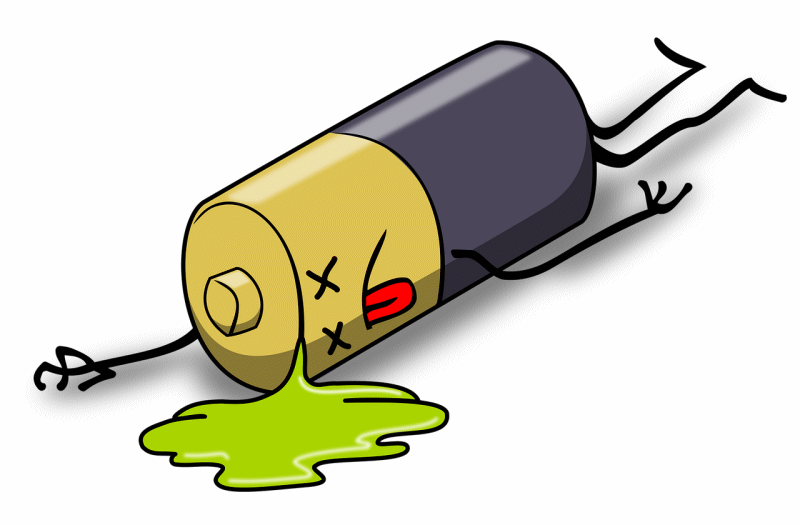
Image: acunha1973
The Clean Energy Council has partnered with the Australian Battery Recycling Initiative (ABRI) to publish an updated Battery Recycling Guide.
With the home energy storage revolution on our doorstep, or some would say already arrived, it should still be quite some time before many systems are on their last legs. But aside from the new generation solar battery storage systems recently installed, there are plenty of off-gridders and others around with ageing lead-acid based energy storage systems; plus early adopters of lithium-based storage who have already racked up few years of use.
Regardless of the age of a system, it’s good to get a handle on end-of-life actions prior to the event, hence the guide.
“The guide provides a set of considerations for installers, retailers and consumers to ensure that the disposal of battery energy storage systems is completed safely and responsibly,” says the CEC.
The guide states recycling using accredited recyclers ensures safe recovery of valuable materials to help ensure resources are not wasted.
Battery Systems – Hazardous Waste
A battery system may be on its last legs, but could still contain enough charge to be an electrocution or fire hazard during removal and transport. Batteries may also contain harmful and dangerous materials, so it’s important to have a solid plan in place for decommissioning and removal.
Dumping a battery system in landfill simply isn’t on. Aside from being illegal in some (all?) states, this could result in a fire generating toxic smoke and/or the leaching of dangerous chemicals into soil and groundwater.
Another issue is as many end-of-life home energy storage systems would be classed as hazardous waste, a special licence may also be required to transport a system.
The guide recommends preparing an end-of-life plan for battery systems in partnership with the company supplying it – so this is perhaps something to add to a pre-purchase requirements list when considering energy storage and another potential cost to bear in mind.
It’s encouraging to see a number of companies already putting their hand up to collect lithium-ion based battery systems according to the guide, but more will be needed in the years ahead. South Australia is expecting a spike in battery storage installations soon with recent news of SA’s Home Battery Scheme subsidy/rebate, which will be available to 40,000 households. Over the border in Victoria, the Andrews Labor Government has committed to a 50% solar battery rebate for 10,000 households if returned to power after the November election.
The Australian Battery Recycling Initiative (ABRI) was established in 2008 to promote the collection, recycling and safe disposal of all types of batteries.

 RSS - Posts
RSS - Posts



Speak Your Mind